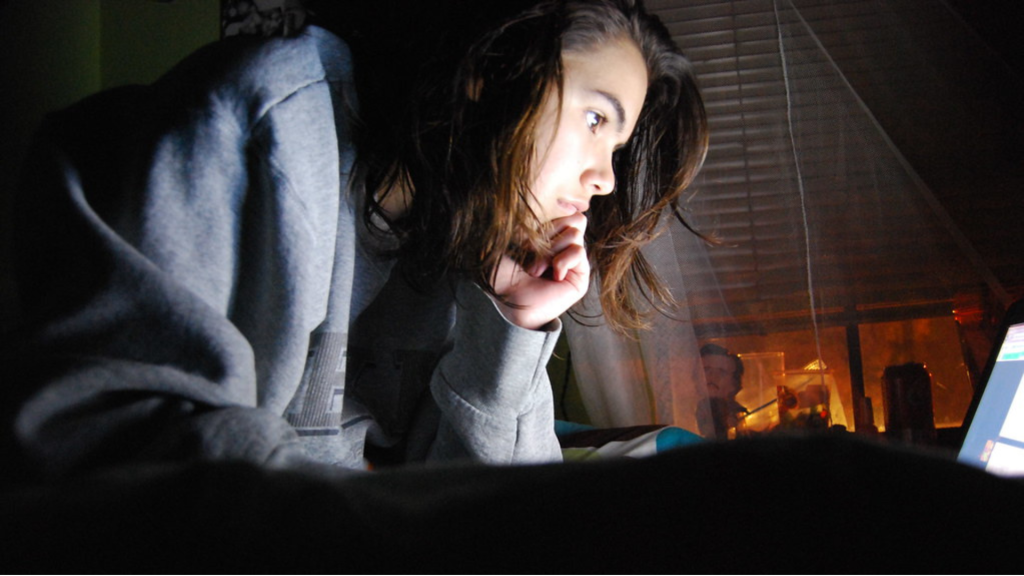
Burning the midnight oil might seem like a path to productivity, but it could be a road leading to health problems. Recent research suggests that night owls, those who prefer to stay up late and rise later in the morning, face an elevated risk of developing type 2 diabetes. This risk isn’t just about their sleep preferences but is intertwined with their lifestyle choices. Let’s delve into this study to understand why night owls should take note and what steps can be taken to mitigate this risk.
The Study’s Findings
A study tracked 63,000 middle-aged women over nine years to investigate the relationship between sleep preferences and type 2 diabetes risk. The findings were striking:
- Higher Risk: Night owls were found to be 19% more likely to develop type 2 diabetes compared to early risers, even after adjusting for other known risk factors.
- Unhealthy Habits: Night owls were approximately 54% more likely to engage in unhealthy behaviors. They tended to consume less healthy foods, exercise less frequently, have higher BMIs (Body Mass Index), sleep fewer hours, and smoke cigarettes.
Why the Elevated Risk?
Several factors contribute to the increased risk of type 2 diabetes among night owls:
- Disrupted Circadian Rhythms: Staying up late and having irregular sleep patterns can disrupt circadian rhythms, affecting hormonal balance and insulin sensitivity.
- Unhealthy Lifestyle: Night owls may be more prone to unhealthy habits, such as consuming high-calorie, sugary foods and beverages, and engaging in less physical activity.
- Sleep Deprivation: Irregular sleep patterns and insufficient sleep can lead to insulin resistance, a key factor in type 2 diabetes development.
- Increased Stress: Late-night hours can lead to heightened stress levels, triggering the release of stress hormones that interfere with blood sugar regulation.
Preventing Type 2 Diabetes for Night Owls
If you’re a night owl, there’s no need to panic. Awareness of the risks is the first step towards healthier living. Here are some practical steps you can take to lower your risk of type 2 diabetes:
- Moderate Alcohol Use: Limit alcohol consumption, especially during late-night hours.
- Quit Smoking: Smoking is a significant risk factor for diabetes. Seek support to quit this habit.
- Increase Physical Activity: Incorporate regular exercise into your routine. Aim for at least 150 minutes of moderate-intensity aerobic activity per week.
- Prioritize Sleep: Establish a consistent sleep schedule, even if it means adjusting your bedtime. Aim for 7-8 hours of quality sleep.
- Manage Stress: Practice stress-reduction techniques like meditation, yoga, or deep breathing exercises.
Type 2 diabetes is a chronic condition that can have serious health consequences, but it is preventable. Night owls, despite their natural inclinations, can take steps to lower their risk by adopting healthier habits. Prioritizing sleep, staying physically active, and making mindful dietary choices can go a long way in safeguarding your health. Remember, it’s not just about when you sleep; it’s how you live while you’re awake that truly matters.





